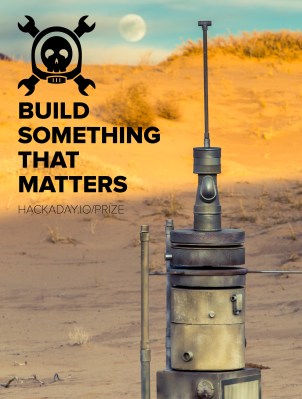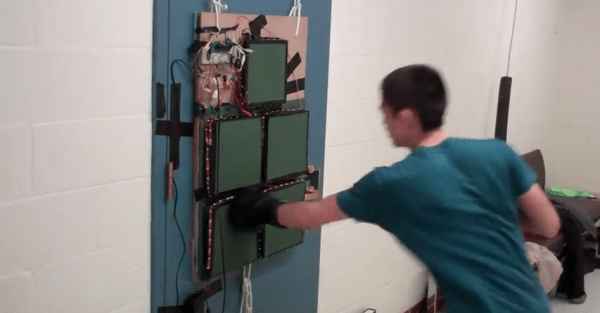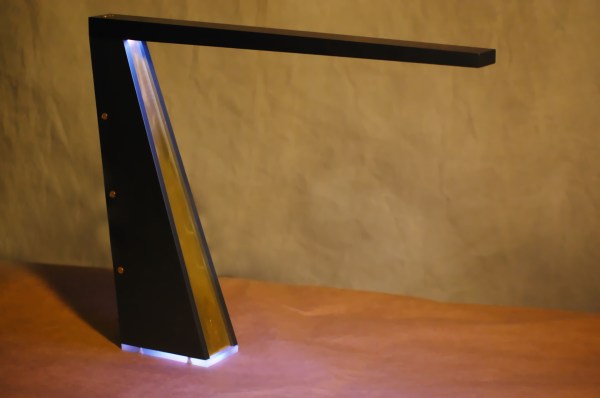Last year we challenged you to build the next generation of connected devices. Six months later, the best teams and projects from around the world battled for the greatest prize of all: the respect of their peers and a trip to space. This year, we’re issuing a call to hackers, engineers, makers and startups from all over the world, to focus their creative efforts on nothing less than solving serious issues facing humanity.
Fix the World
 We’ll all be facing a lot of problems in the next few decades, whether they’re from rising costs and consumption of oil, droughts, access to food, demographic shifts in populations, or increasing health care costs. These problems need to be dealt with, and there’s no better time than right now to start working on solutions.
We’ll all be facing a lot of problems in the next few decades, whether they’re from rising costs and consumption of oil, droughts, access to food, demographic shifts in populations, or increasing health care costs. These problems need to be dealt with, and there’s no better time than right now to start working on solutions.
What do we want from you? We want you to identify the greatest problems faced by humanity in the next few years and come up with a solution. This can be anything from better, lower-cost solar power components, inexpensive ultrasound machines, better ways to store drugs, more advanced ways of measuring farm production, or cheaper, more sustainable smartphones to bridge the digital divide. The world is full of problems, but if there’s one thing hackers have taught us, it’s that there are more than enough people willing to find solutions.
Prizes
If worldwide notoriety isn’t enough personal incentive, Hackaday is back with a huge slate of prizes for those devices that best exemplify solutions to problems that matter.
The Grand Prize is a trip to space on a carrier of your choice or $196,883 (a Monster Group number). Other top prizes include a 90-Watt laser cutter, a builder kit (pcb mill, 3d printer, cnc router, bench lathe), a tour of CERN in Geneva, and a tour of Shenzhen in China.
New this year is the Best Product award. Go the extra mile and show a production-ready device (in addition to supplying three beta test units for judging) and you can score $100,000! The entry is of course still eligible to compete for the Grand prize and other top prizes.
We’re able to pull this off once again thanks to the vision of Supplyframe who managed to unite giants of the electronics industry as sponsors of the 2015 Hackaday Prize. Atmel, Freescale, Microchip, Mouser, and Texas Instruments have all signed on in supporting this mission.
Individuals, Colleges, Hackerspaces, and Startups
If you just don’t want to go-it alone, get your team excited. After all, it was a team that won the Grand Prize last year. SatNOGS transformed the cash-option of $196,418 into a jumpstart for a foundation to carry the project forward. Get the boss on board by touting the notoriety your company will get from showing off their engineering prowess. Or help build your resume by herding your college buddies into some brainstorming session. And the Best Product prize is perfect for Startups who want to show off their builds.
Judges
Joining the Judging Panels this year are Akiba (Freaklabs), Pete Dokter (Sparkfun), Heather Knight (Marilyn MonRobot), Ben Krasnow (GoogleX & host of Applied Science on YouTube), Lenore Edman & Windell Oskay (Evil Mad Scientist Labs), and Micah Scott (Scanlime).
Our returning judges are Limor “Ladyada” Fried (Adafruit), Jack Ganssle (Ganssle Group, & The Embedded Muse), Dave Jones (EEVBlog), Ian Lesnet (Dangerous Prototypes), and Elecia White (Logical Elegance).
You can read all of the judge bios and find social media and webpage links for them on our Judges page. We are indebted to these industry experts for sharing their time and talent to make the Hackaday Prize possible.
Tell Everyone
We don’t ask often: please tell everyone you know about the 2015 Hackaday Prize! Social media share icons are just above the image at the top of this post. Submit this page or the prize page (http://hackaday.io/prize) to all your favorite sites. No hacker should get through this day without hearing about #HackadayPrize and we can’t reach total media saturation without your help. Thanks in advance!
GET STARTED NOW
Don’t wait, put up an idea right now and tag it with “2015HackadayPrize”. We’re sending out swag for early ideas that help get the ball rolling. And as you flesh out your plans you could score prizes to help build the prototype like PCBs, 3D prints, laser cutting, etc. Make it to the finals and you’ll be looking at the five top prizes we mentioned earlier. A simple idea can change the world.
















